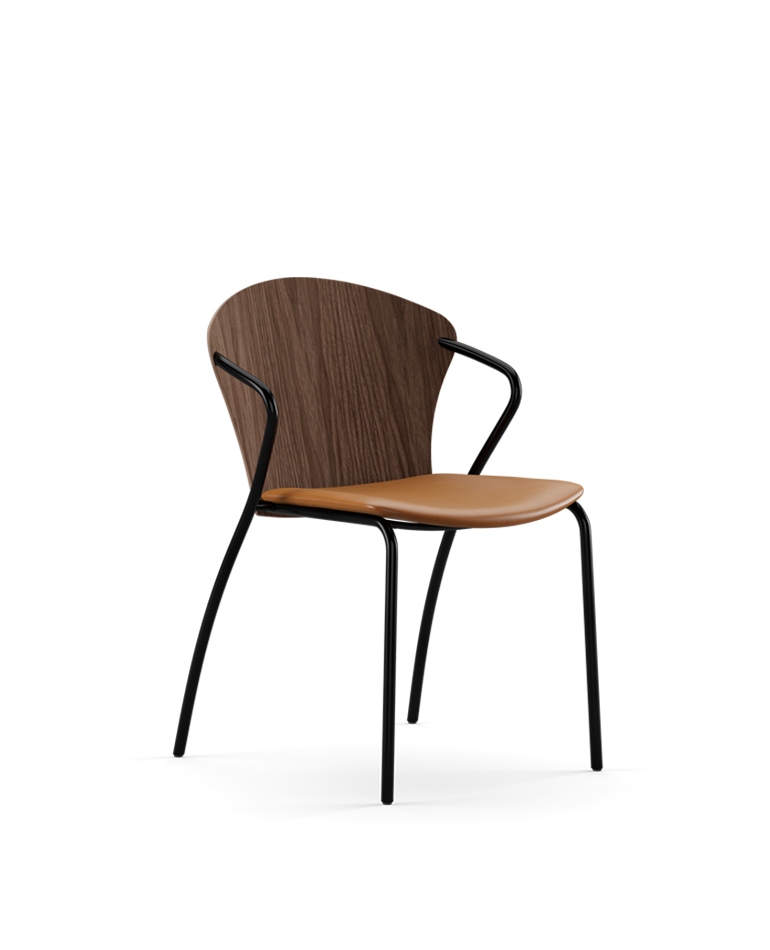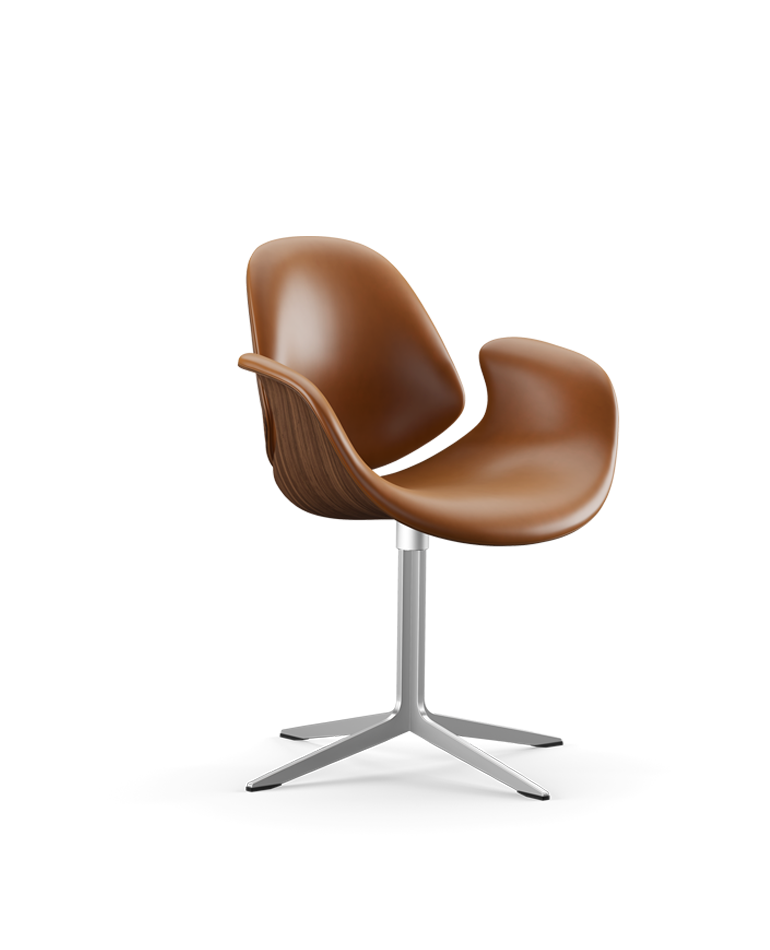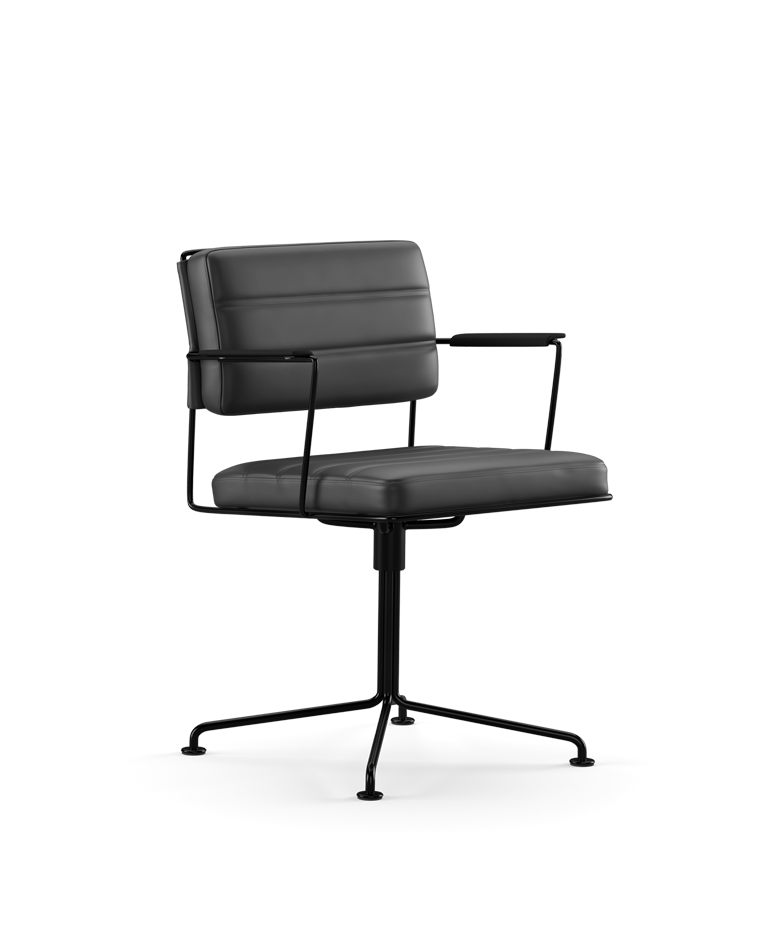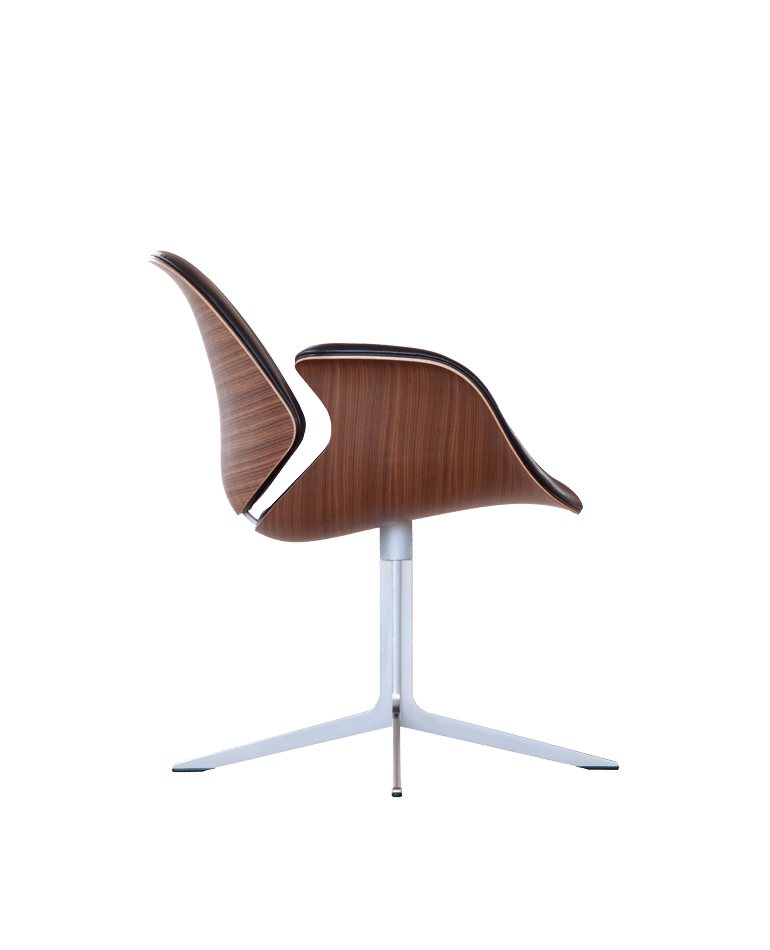The Complete Furnishing of the Sino-Danish Center for Education and Research
The first pen strokes in the creation of the House of the Danish Industry Foundation were drawn in 2010 when Denmark hosted an architectural competition by invitation. It was a condition that the proposed building should be in accordance with Danish values and standards and show respect for the inspiring Chinese environment. The competition was won by Lundgaard & Tranberg Architects in cooperation with COWI. The complete furnishing was done by OneCollection.
The building was donated by the Danish Industry Foundation.
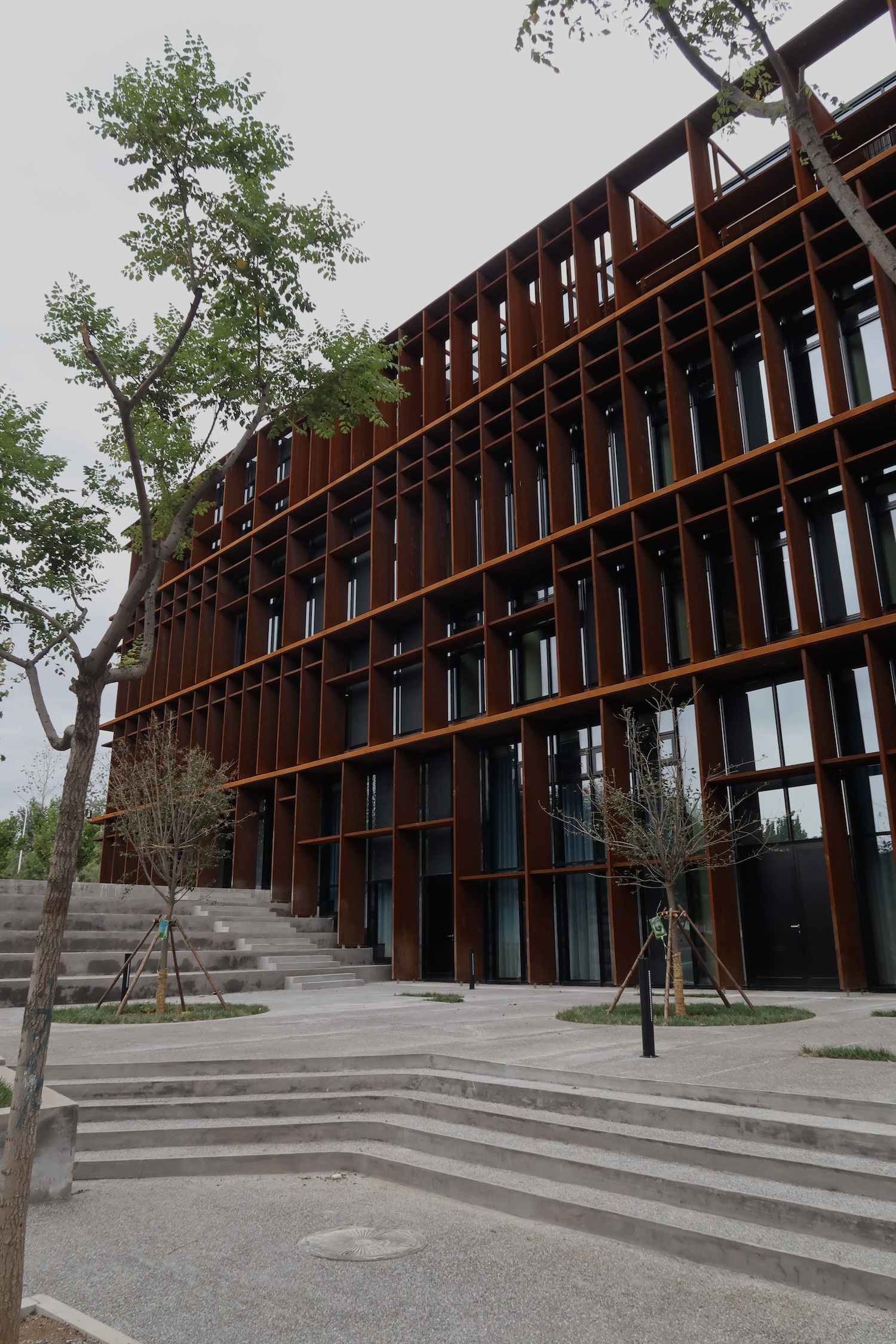
Danish Values in a Chinese Environment
The building is located at UCAS’ Yanqihu campus, 60 km north of Beijing. It was inaugurate by His Royal Highness The Crown Prince of Denmark on 25 September 2017, and the building has enabled SDC to compile teaching and research activities under one roof.
Seven forty ft containers of furniture was shipped from the Western Coast of Denmark to Beijing. Because the building itself portrays Danish architecture it is only natural that the furniture portrays Danish design as well.
Sino-Danish Center serves as home to a research and educational collaboration between all eight Danish universities and the Chinese Academy of Science. The university is part of the government’s strategy to foster knowledge sharing between Denmark and China. The project is the largest Danish commitment within the area of research and education ever to take place outside of Denmark.
Henrik Sørensen, founder of OneCollection and House of Finn Juhl, tells about the project: “This is a project that we have been working towards for a very, very long time, and it is certainly an honor to be able to put our mark on a building that means this much to Denmark.”
The building’s interior is planned by the Danish designer Henrik Tengler. It is furnished using OneCollection’s furniture, and also includes Finn Juhl’s organic furniture. The interior design has been carried out in close cooperation with Sino Danish Center.
“This has been a very special task for us, as we have had to cover all the functions of such a complex building from a furnishing standpoint. We have attempted to envision the nature and structure of the building as well as incorporate design and materials into a single context allowing us to unify our design with the architecture of the building. At the same time, it has been of the utmost importance that this building in its entirety expresses and represents both Danish design and Danish values.” as Hans Henrik Sørensen, Co-Founder of OneCollection, puts it.
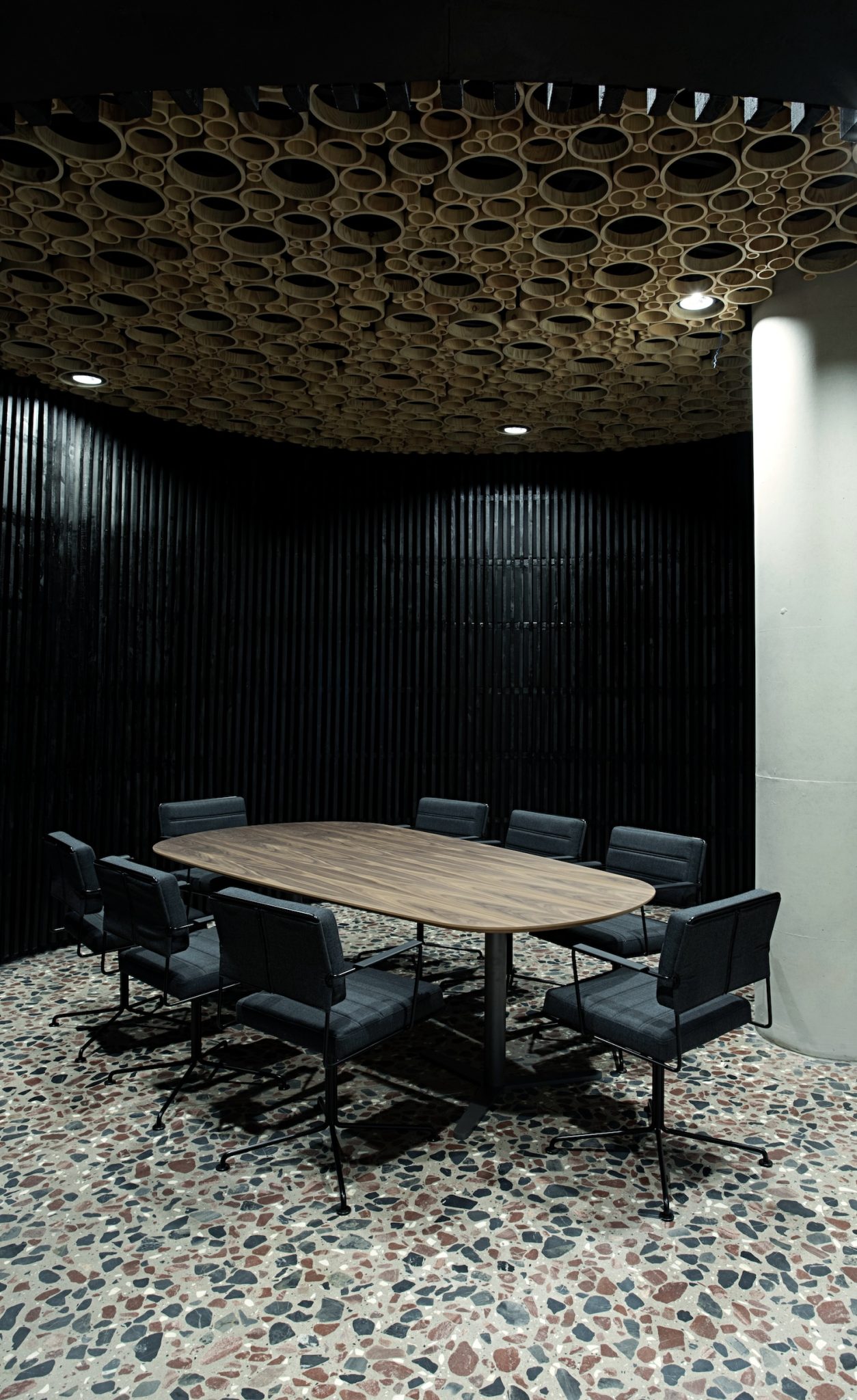
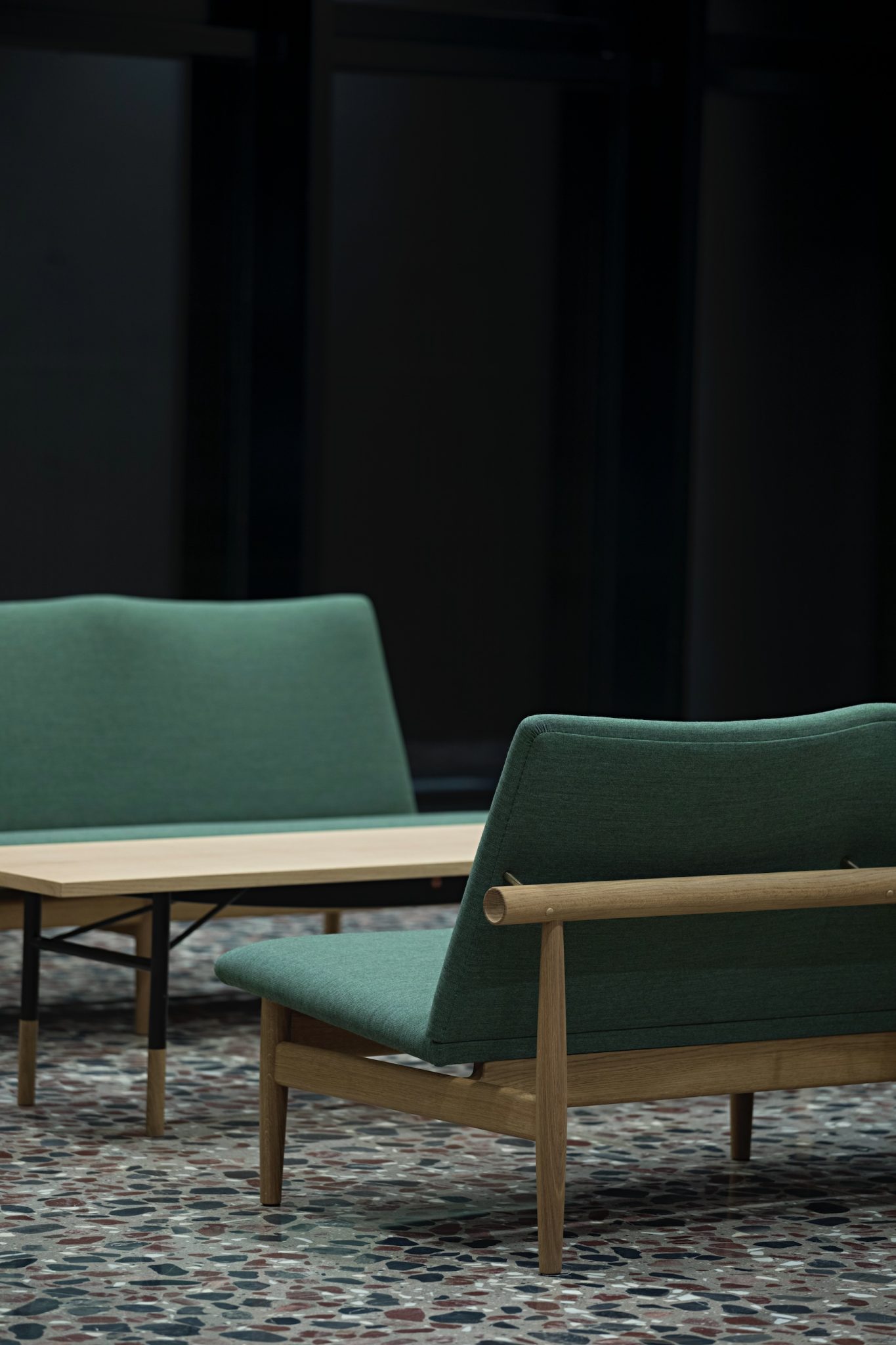
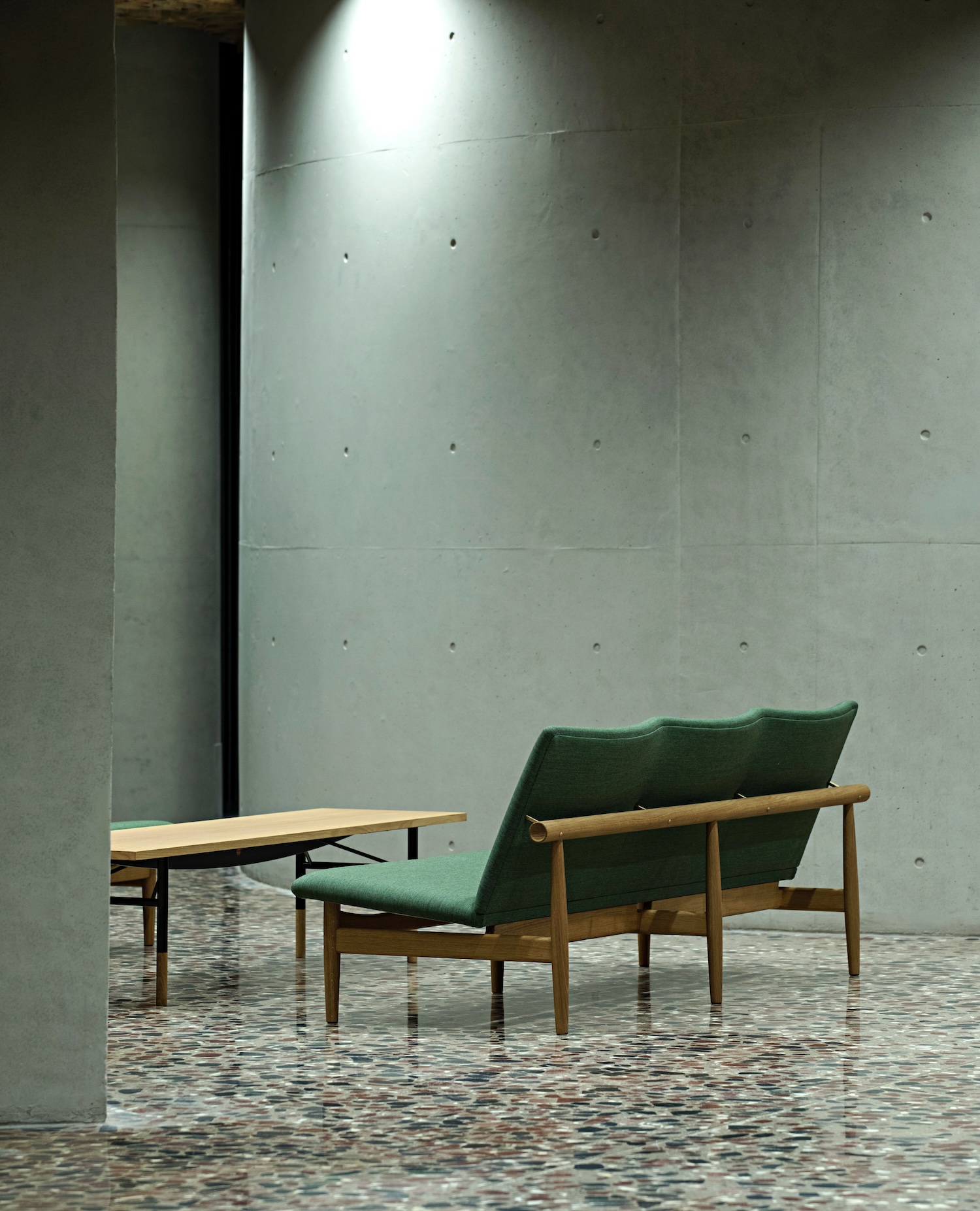
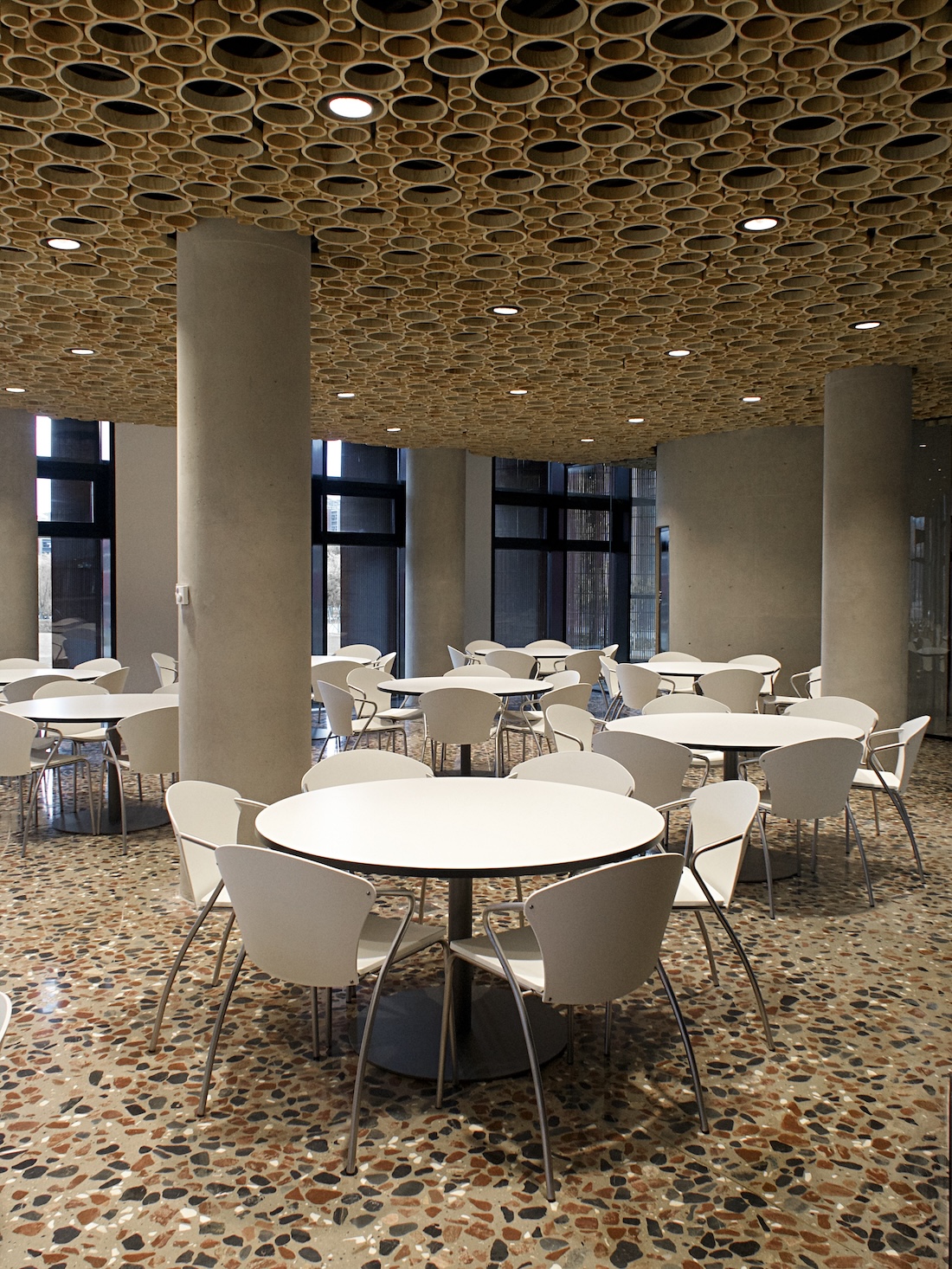
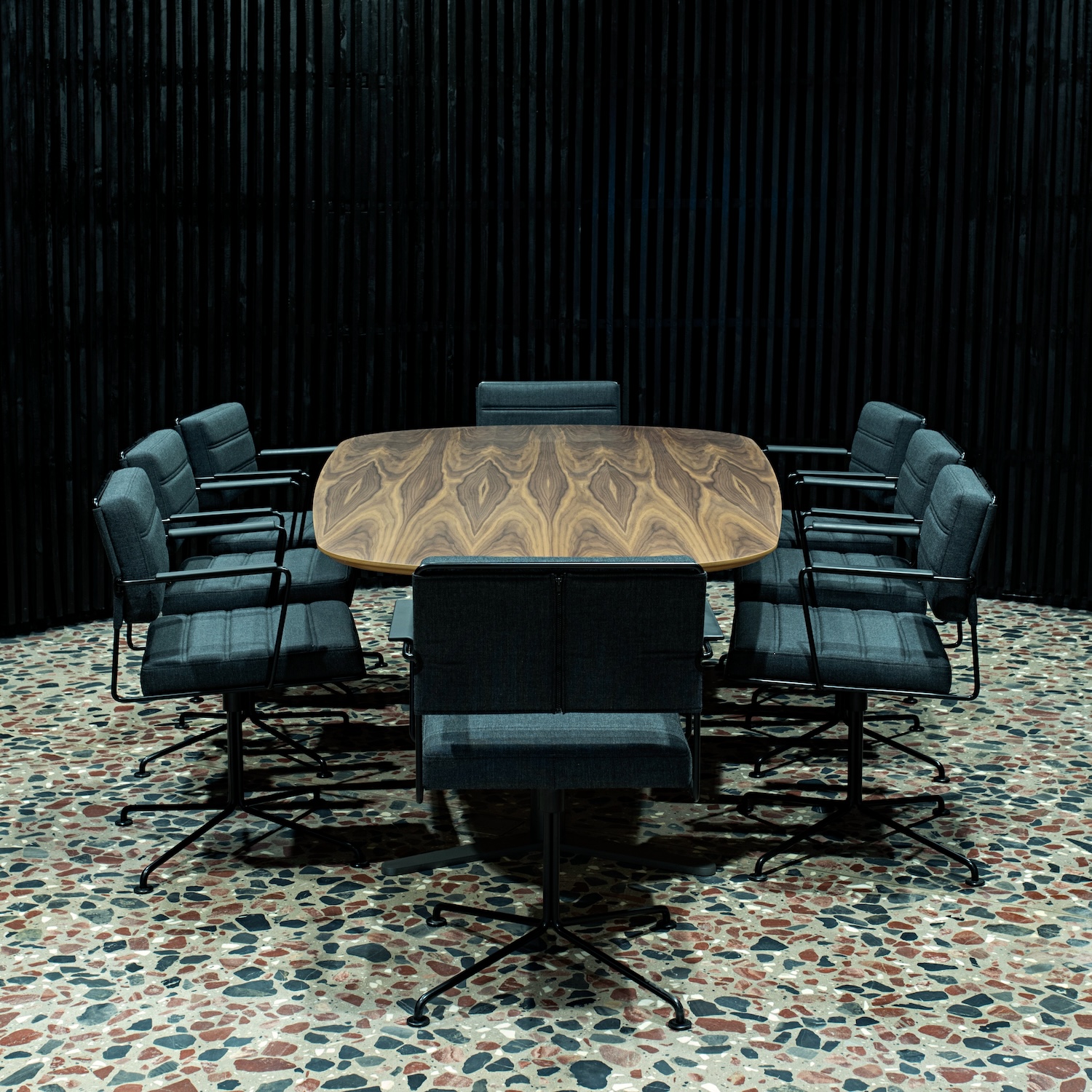
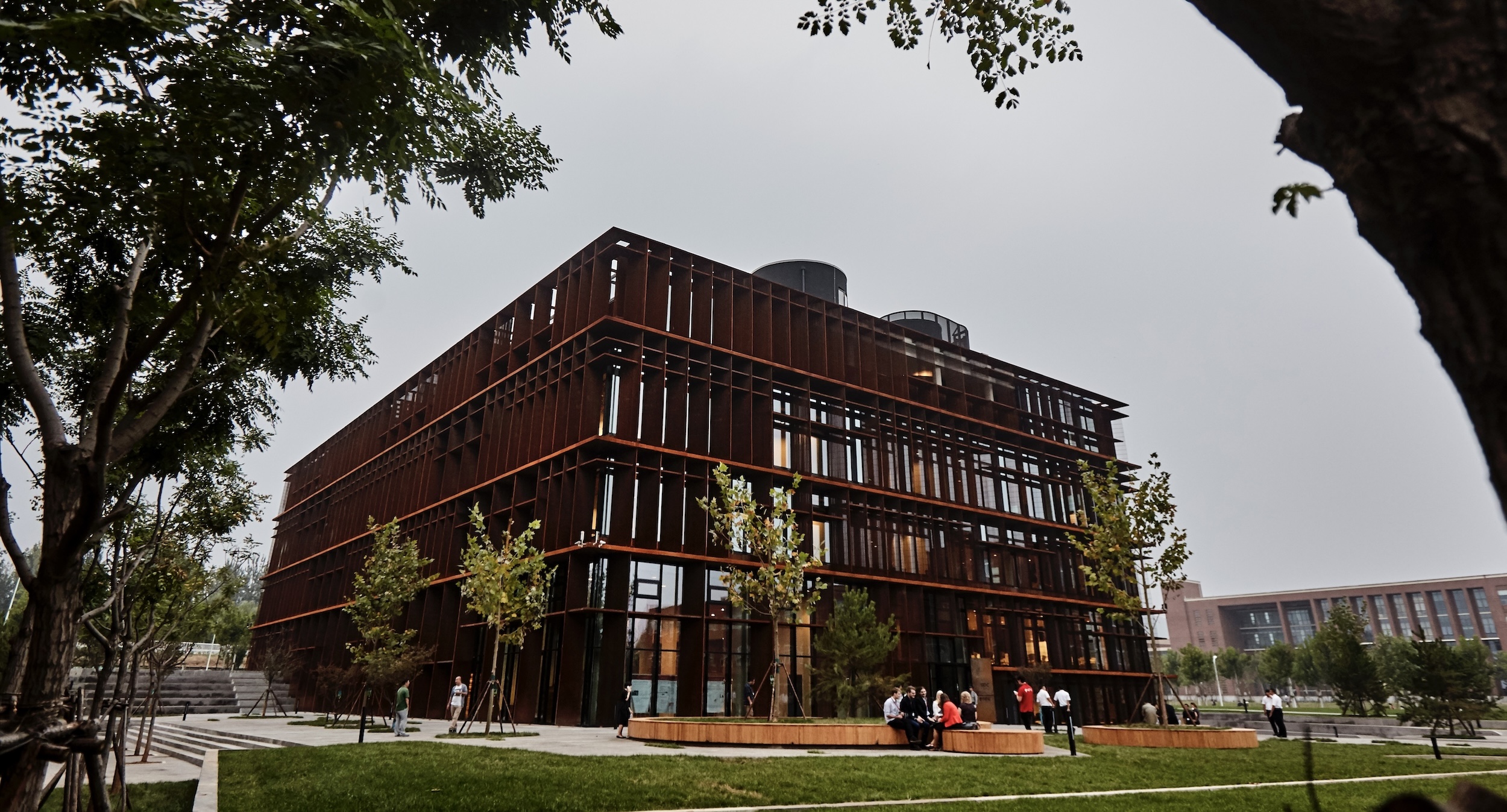
Finn Juhl’s furniture is recurring in conference rooms, lounge areas, apartments and open areas, in which Pelican chairs are clustered together. The apartments located on the top floor of the building are made available to lecturers and researchers. In here one will find some of Finn Juhl’s most iconic designs.
It has been crucial that the lightness of the furnishing compliments the openness and transparency of the building. The rings of wood adorning the ceilings stand nicely in contrast to the abundant use of stone and glass, while the use of natural materials and colors add warmth to the building.
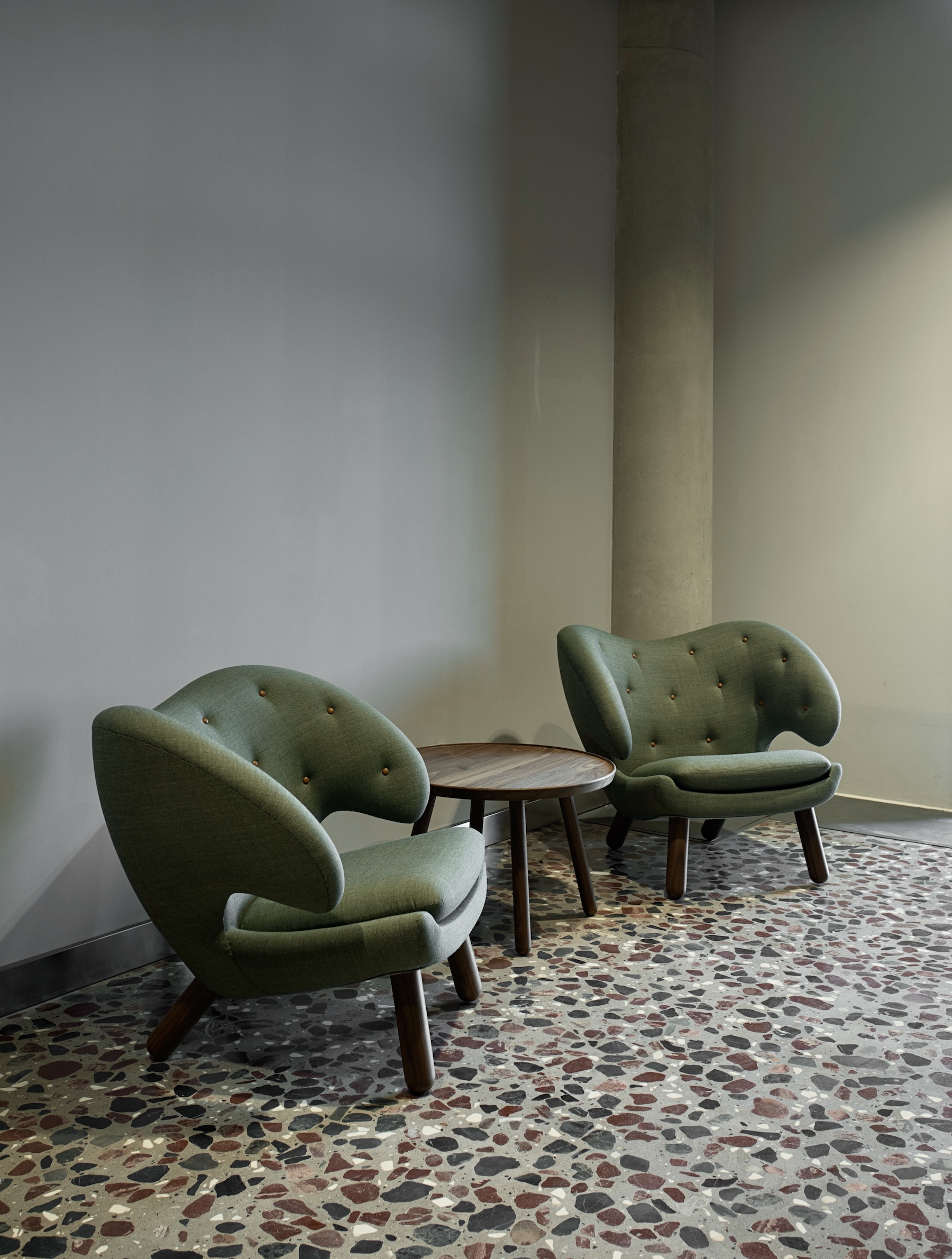
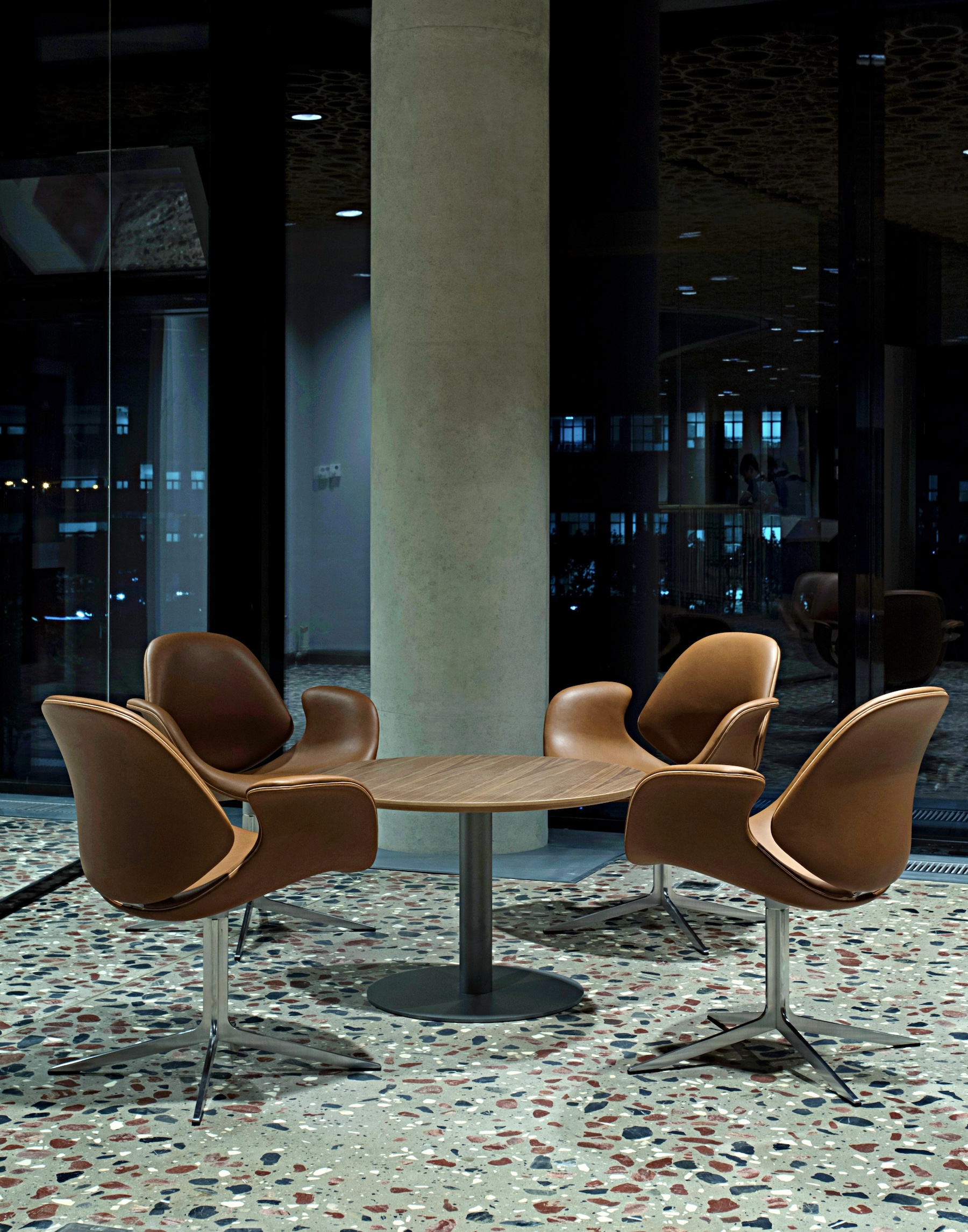
Alongside Finn Juhl’s classic furniture, visitors to the Sino-Danish Center will find furniture by Kasper Salto and Thomas Sigsgaard, Henrik Tengler, Søren Ulrik Petersen, Nanna Ditzel, Søren Holst, Lars Frank Nielsen and Erla Oskarsdottir.
Henrik Sørensen especially highlights the “Council Chair” which is used in multiple conference rooms. This chair was designed by Kasper Salto and Thomas Sigsgaard as part of the winning bid for the renovation of the Finn Juhl chamber in the headquarters of the UN in New York City.
Funiture Featured in this Project
Discover the furniture used for the furnishing of the Sino-Danish Center. Click through the models below to find inspiring images, along with information about different material options and detailed specifications.
